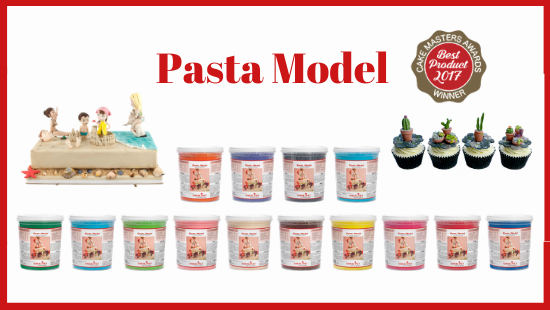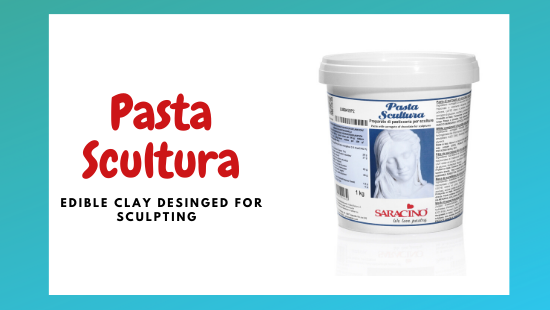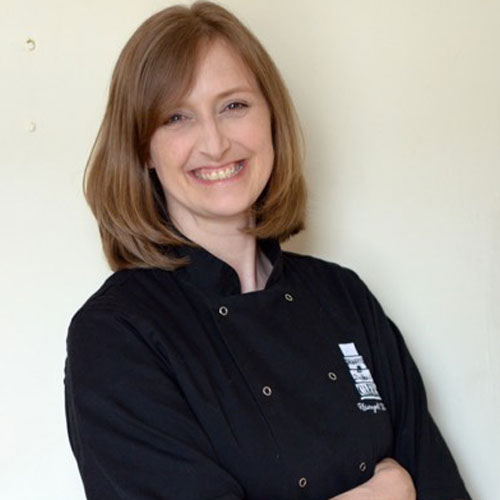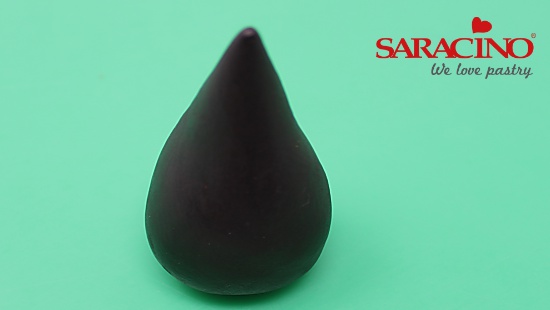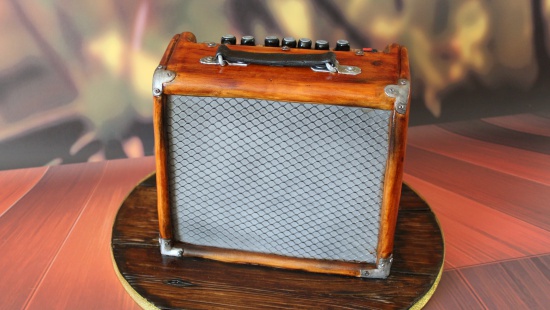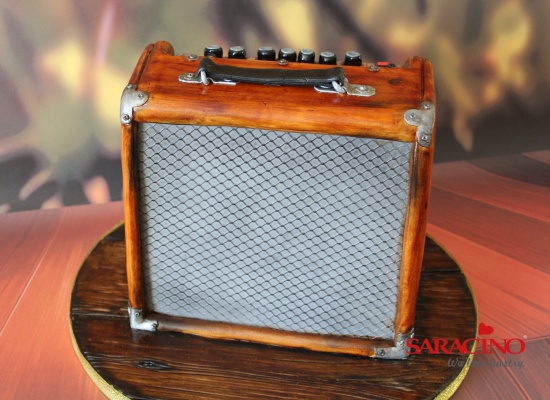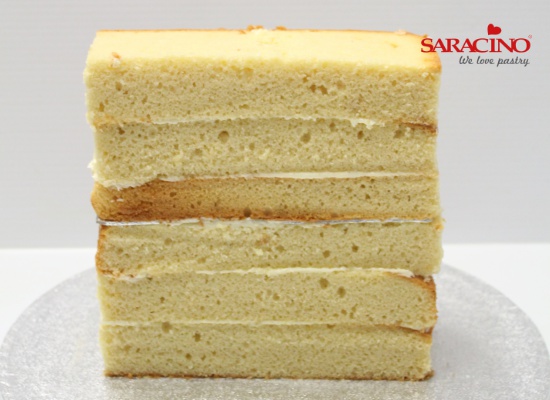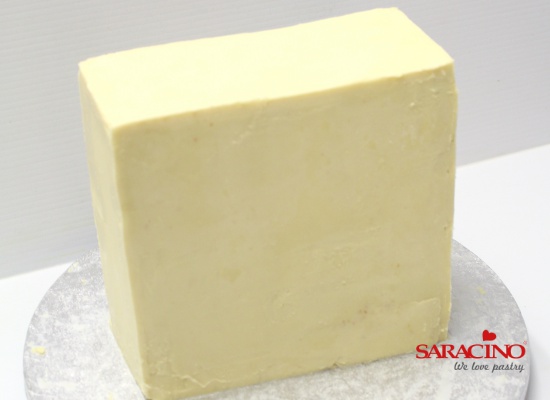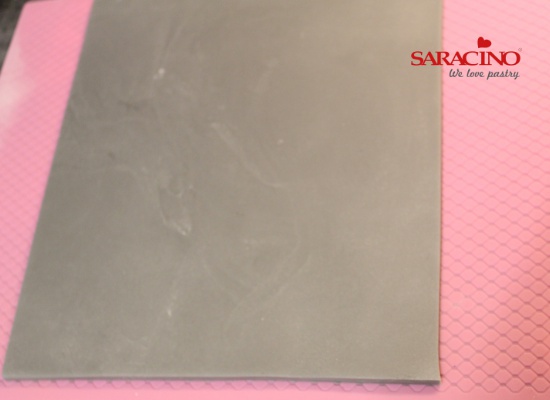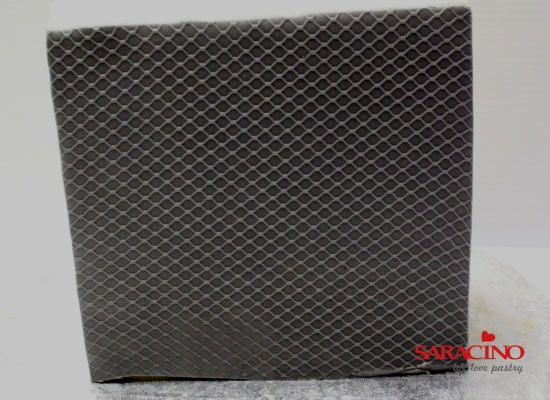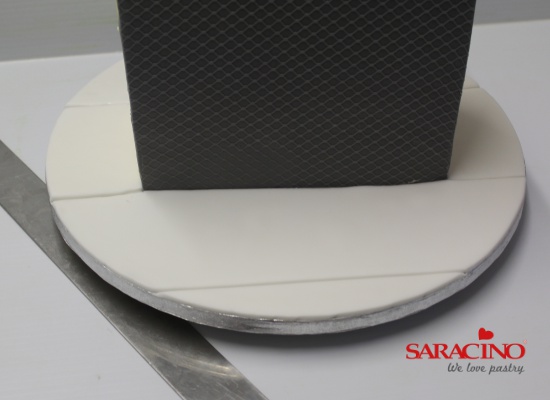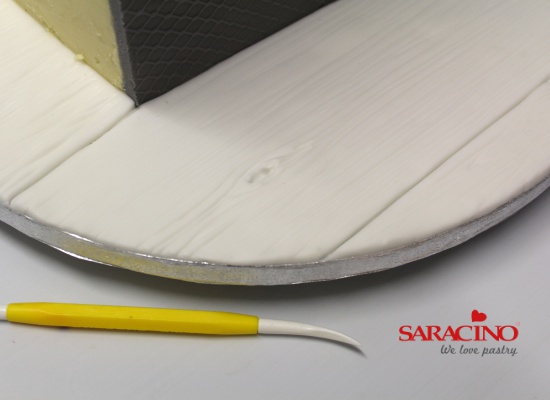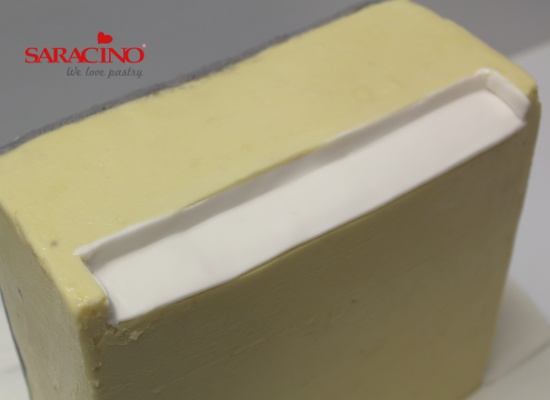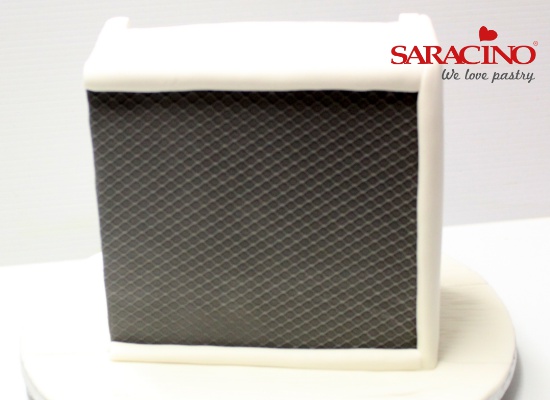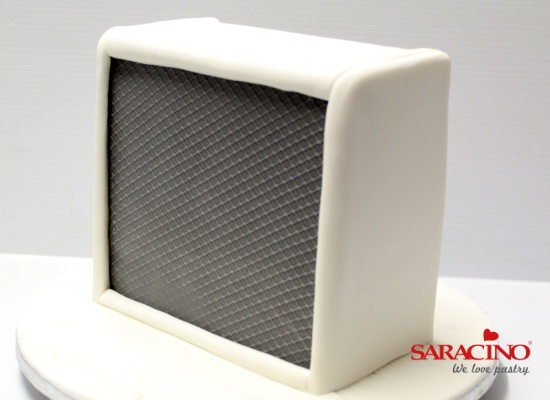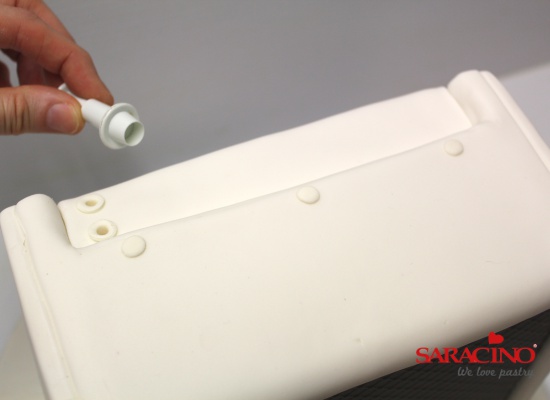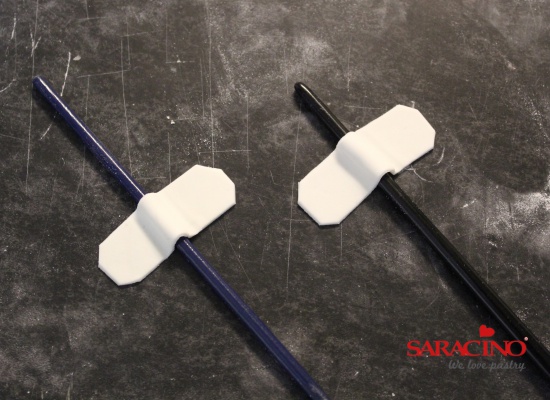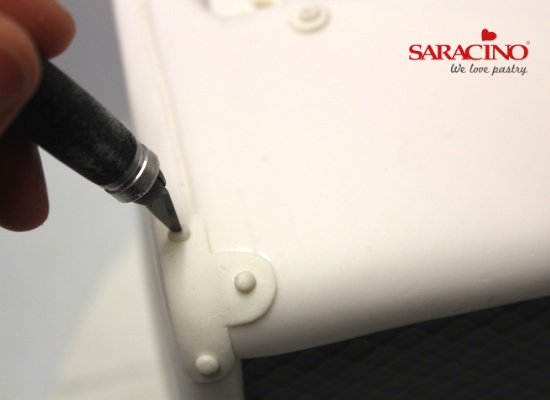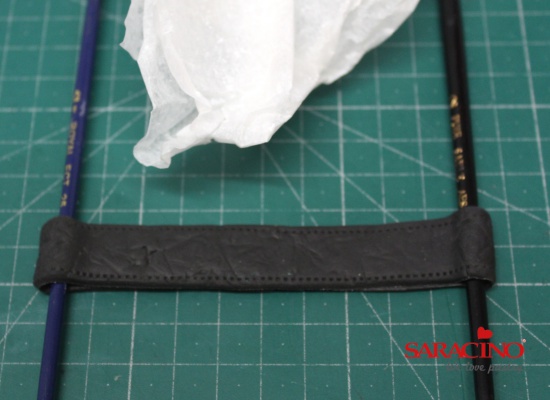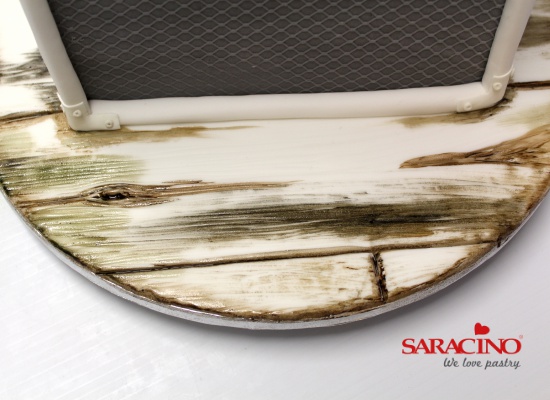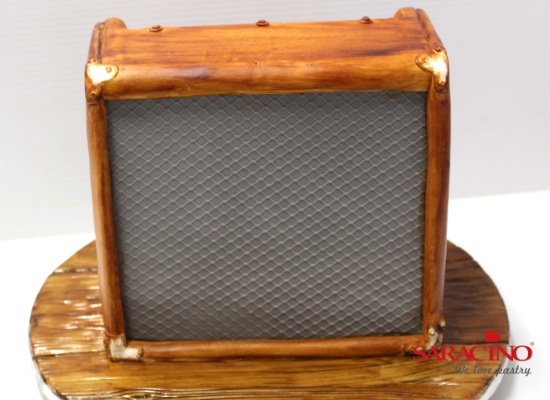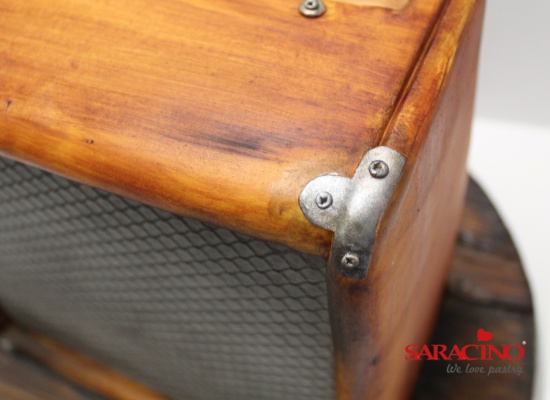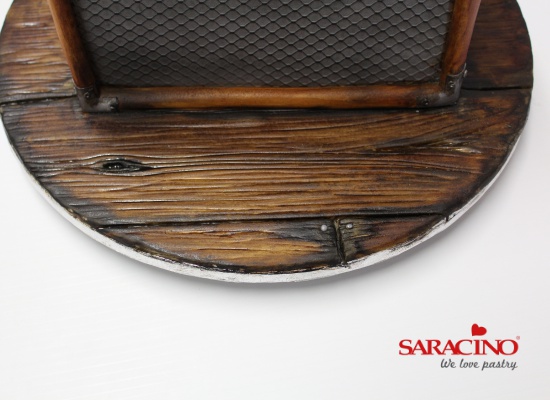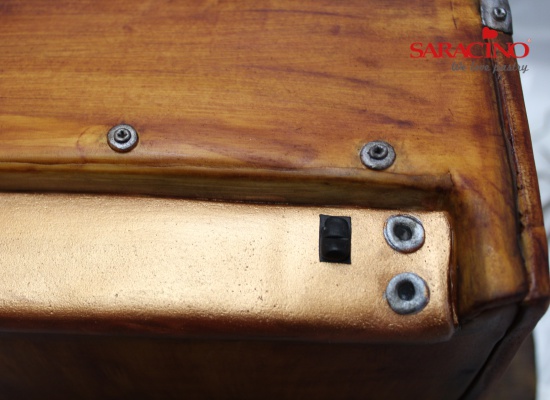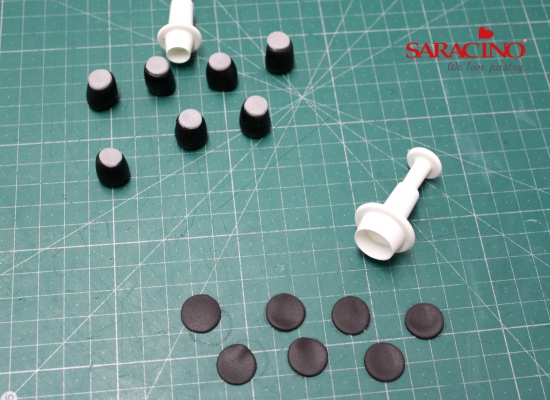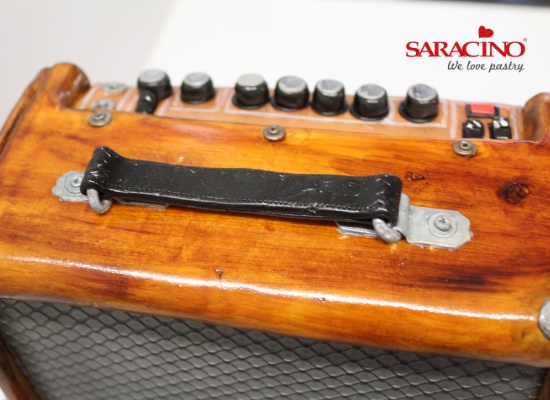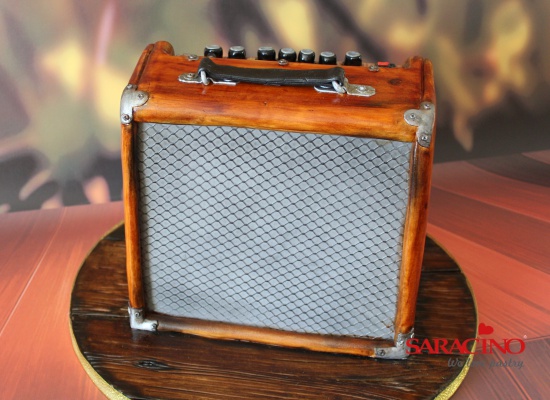
Apr 12, 2021 | Blog, News
PASTA MODEL – gum paste designed for modelling
It is a READY TO USE product so NO need to add CMC to create your piece.
When you unwrap the paste it will be very firm,
Don’t worry as this is how it is supposed to be!
Simply cut off a small piece and knead it in your hands. Your hands warmth will make the paste workable and stretchy.
Saracino Pasta Model, the winner of the ‘Best Product’ Cake Master Award in 2017, is the ideal fondant for modelling and creating 3D images.
The perfect balance of sugars and cocoa butter ensures perfect results in most climates and gives a brilliant effect to every occasion. Once you try this product, you just won’t be able to resist Pasta Model for making your decorations. Our modelling paste is extremely elastic and strong. It can be modelled without cracking. When worked it maintains its form and you can work on the project for hours. You can also blend the joints beautifully by simply smoothing the surface with your fingers or modelling tool.
It can be finely moulded which assists with delicate work such as laces, moulds and small flowers. It also has a subtle aroma and taste.
Saracino Pasta Model currently comes in 15 different colours: white (available in 5kg, 1kg and 250g packs) and orange, blue, light blue, skin tone, yellow, Tiffany, light green, green, fuchsia, brown, black, pink, red and violet (available in 1kg and 250g packs). This means there is plenty for you to choose from. Pasta Model is also easily coloured with gel and powder colours of your choice.
If you have not tried this product yet, it is the way to go. We promise you will not go back.

Apr 29, 2020 | Blog, News
PASTA SCULTURA – sugar paste designed sculpting

PASTA SCULTURA DESCRIPTION
Saracino Pasta Scultura is a mixture of sugars and chocolate substitute. Its consistency is similar to modeling clay.
Soft and malleable, it is the best choice for artists who want to use a technique similar to the traditional clay processing technique.
Thanks to its characteristics, it is the perfect choice to create big and extraordinarily beautiful figures by gently adding layers of sculpture paste. The joints merges without leaving a trace.
Saracino Sculpting Paste is available in 1 kg buckets and has a beautiful ivory white color and can be colored with the powdered food colorants or garnished with pearlescent or golden dyes.
We recommend using our Sculpting paste with temperatures not above 27 °-28 ° and avoiding using it in environments with high humidity levels.
FAQ – PASTA SCULTURA
1. IS IT A NEW VERSION OF SARACINO PLASTIC CHOCOLATE? No. Saracino modeling chocolate contains chocolate. Pasta Scultura contains chocolate surrogates.
2. WHAT IS ITS MAIN USE? We create it to work specifically with the “addition” sculpture technique. Its consistency is like clay, you can add or remove as much as you want to the model, changing its shape according to your creative needs.
3. IS IT GLUTEN FREE? Yes it is, like all Saracino products.
4. DOES IT DRY QUICKLY? It dries less quickly than plastic chocolate and can be remodeled by heating or manipulating it. It really depends on the size of the model and the temperature of the laboratory.
5. DOES IT HARDEN? Yes it does when not handled. In the original packaging, the product is solid.
6. HOW CAN I START WORKING WITH PASTA SCULTURA? Once extracted from the bucket, if it is perceived as difficult to mix, it can be cut into small pieces and put in the microwave to soften it. We suggest a maximum time of 10 seconds, constantly checking the consistency of the paste.
7. CAN I MODIFY THE MODEL AFTER A FEW DAYS? Yes you can, by softening the paste gently.
8. IS IT EASY TO MODEL? Modeling is very easy, you can smooth the piece of pasta “added” to the creation with just one finger or with special tools. This is the reason why it is perfect to work on large modeling projects and on edible sculptures.
9. HOW CAN I MODEL SARACINO PASTA SCULTURA? You can work it with modeling tools or with your hands. If you prefer the second option, it is better to use thin plastic gloves because in this way it will not stick to the fingers.
10. DO I NEED TO TAKE ANY SPECIAL PRECAUTIONS BEFORE USING IT? It is better to wear a white coat to avoid “dark particles” on the paste and to wash your hands and to dry them perfectly.
11. IS PASTA SCILTRA AVAILABLE IN DIFFERENT COLORS? No it isn’t. It is available only in ivory white color.
12. IN WHAT TYPE OF PACKAGE IS IT AVAILABLE? Currently, it is available only in 1 kg buckets.
13. IS PASTA SCULTURA EDIBLE? IF SO, WHAT IS ITS TASTE? Yes it is. Our Pasta Scultura has a chocolate flavor.
14. HOW CAN I STORE THE PRODUCT AFTER OPENING THE PACKAGE? It should be kept in its original packaging with the lid closed.
15. WHAT IS THE MAXIMUM WORKING TEMPERATURE? We recommend you not using it with temperatures above 27 °/28°.
